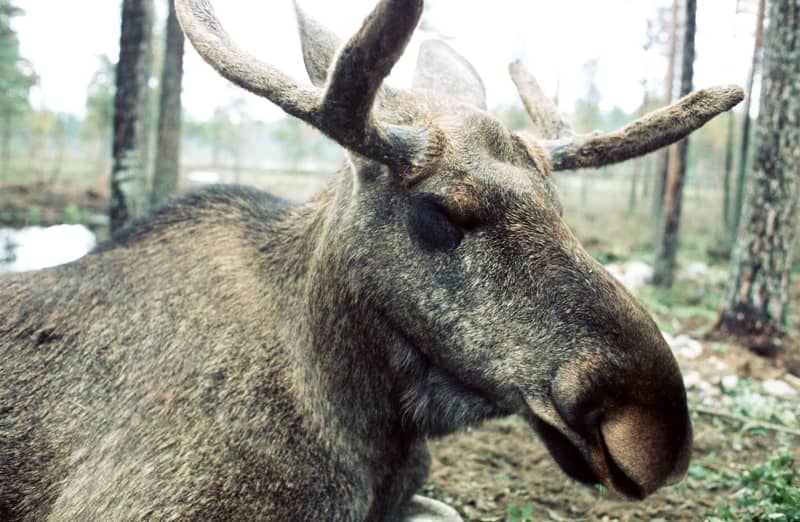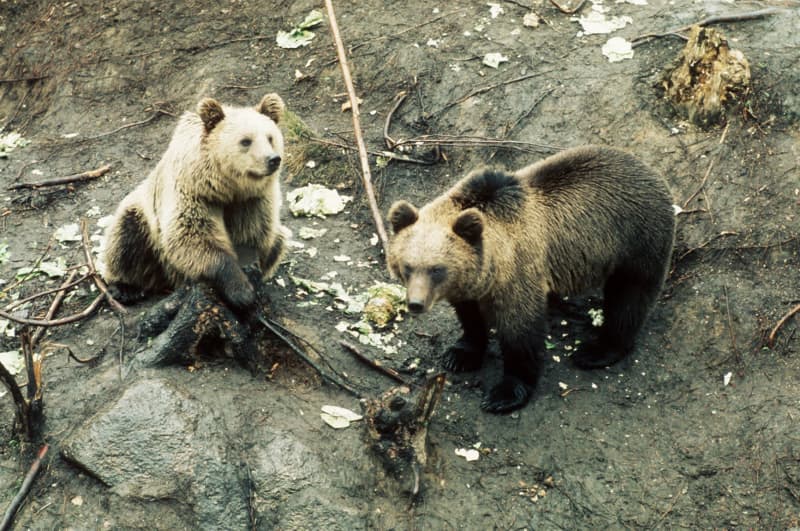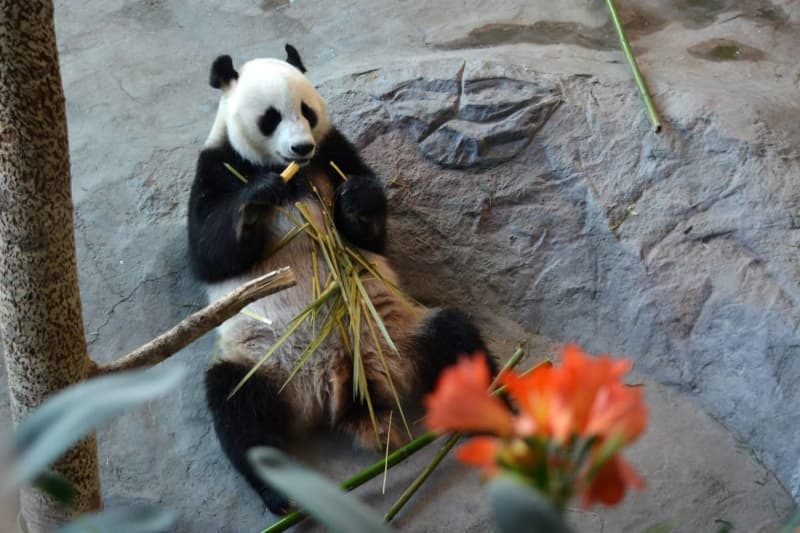The handling of animals and animal parks have changed drastically since the days when you could get in for four marks and run the business with the income.
Jaakola had visited animal parks in Sweden and started thinking about Finland’s first wild animal park in Ähtäri.
The plans were big from the beginning, and it was decided to immediately build a campsite, accommodation and a hotel in the area.
Ähtäri was not the only small municipality that had to try to survive in Finland’s restructuring. When the tourist attraction began to attract tourists to Ähtäri in droves after opening, many other municipalities also started planning an animal park.

– Fortunately, animal parks require a permit, and in most cases those projects then failed.
Ähtäri Zoo was opened in 1973. So next year the park will be 50 years old.
The locals’ opposition even became an election theme
In Yle’s *Hukkaneuvos Väinö Jaakola* program filmed in 1983, the now deceased Jaakola says that the Ähtäri zoo is a generally accepted and quite popular tourist destination in the municipality.
More than 50,000 visitors visited Ähtäri in its first year of operation, and the number at least doubled the following summer. However, the park was not talked about in the municipality in the beginning.
Locals opposed the zoo and the idea of \u200b\u200btourism.
Lasse Waris, a close friend of Väinö Jaakola, recalls that even the municipal elections were held with the theme \”wolves will never come here\”. However, this did not discourage the mayor.
– Väinö Jaakola told me many times that tourism in Ähtäri cannot be developed if something quite exceptional is not developed here.
According to Waris, the early years were extremely successful. According to him, this caused many locals to turn their sleds.

In the early years, operations depended on income
– There were originally 300 hectares of forest in this area. Huge investments were made in the 1970s and 80s, then there was a bit of a backwater phase, and the investment boom started again in the 2010s. Now there is already a huge amount of everything here, he says.
According to Kuoppala, Alu’s success is also indicated by the fact that the first years of operations were developed purely with income financing.
– The number of visitors was so plentiful, and money flowed into the cash register.
The price of the entrance ticket was four marks at that time, according to the just published 50-year history of the Ähtäri zoological park.
– Among other things, we received Väinö Jaakola’s home archive, which contained ten large boxes of memories and notes, newspaper clippings and photographs, Kuoppala says.
Species protection in focus
He started working as the park’s responsible animal keeper in 1978 and served as superintendent from 1998 until his retirement in 2019.
Seppäkoski had time to see many stages over the decades. During his time, snow leopards, takinis and little and big pandas came to the zoo.

As a result of the process started by Seppäkoski, Ähtäri Zoo was accepted as a member of the European Association of Zoos and Aquariums EAZA in 2004.
He wants to emphasize specifically the protection of species and the preservation of genetic heritage in the operation of the zoo.
According to Seppäkoski, for example, the handling of animals and the operating models expected of animal keepers have changed a lot in 50 years.
– The animals were not as humanized as they are today, but they were given a certain distance. Environmental education has become part of animal husbandry and there is more training. There have been changes in animal welfare and protection: it’s no longer just feeding animals and that’s it, Seppäkoski enumerates.
Seppäkoski continues to transport wild animals as the only official animal transporter in Finland. He remembers a time when he was transporting Asiatic lions to Korkeasaari, and the authorities stopped him in Poland.
One of the authorities made the mistake of getting too close and got both the lion’s spit and fierce roars on him.

– He fell on his backside from it, but fortunately he took it with humor. They then tried to be thankful for what they saw in a few words in English and hoped for a message about where the animals ended up and so on, Seppäkoski says with a laugh.
Windy years?
Zoos and animal shelters have been in the headlines in the last couple of years for several different reasons. Discussions have arisen about the possible mistreatment of animals, various remarks regarding the keeping of animals, as well as China’s panda diplomacy.
The arrival of the pandas was also opposed, and some are probably still opposed to their placement in Ähtäri. In the municipality, the arrival of Snow and Pyry pandas was celebrated with, among other things, big panda carnivals.
Financial discipline has also been strict in Ähtäri in recent years. Several change negotiations have taken place in zoo companies, partly due to seasonal tourism.

A total of around 1.5 million euros is spent annually to maintain the pandas. To finance the expenses, Ähtäri approached Chinese investors a year ago and got half a million more money in the pot.
The current CEO of Ähtäri Zoo, Arja Väliaho, has been in his position for three years now. The times have been windy due to, among other things, the pandas, the corona and now the situation in Ukraine.
– War and inflation have a direct impact on the livelihood of families with children and affect travel and bring uncertainty. But we have a very positive attitude towards the future, Väliaho emphasizes.
Arja Väliaho also emphasizes the zoo’s environmental education and species protection, as well as cooperation with EAZA.
– We have to believe in what we are doing. We are under very close supervision all the time and inspections are carried out regularly. Even in the future, we will pay more and more attention to the fact that every animal has the appropriate conditions here.
*You can discuss the topic until Saturday at 11 pm.*
